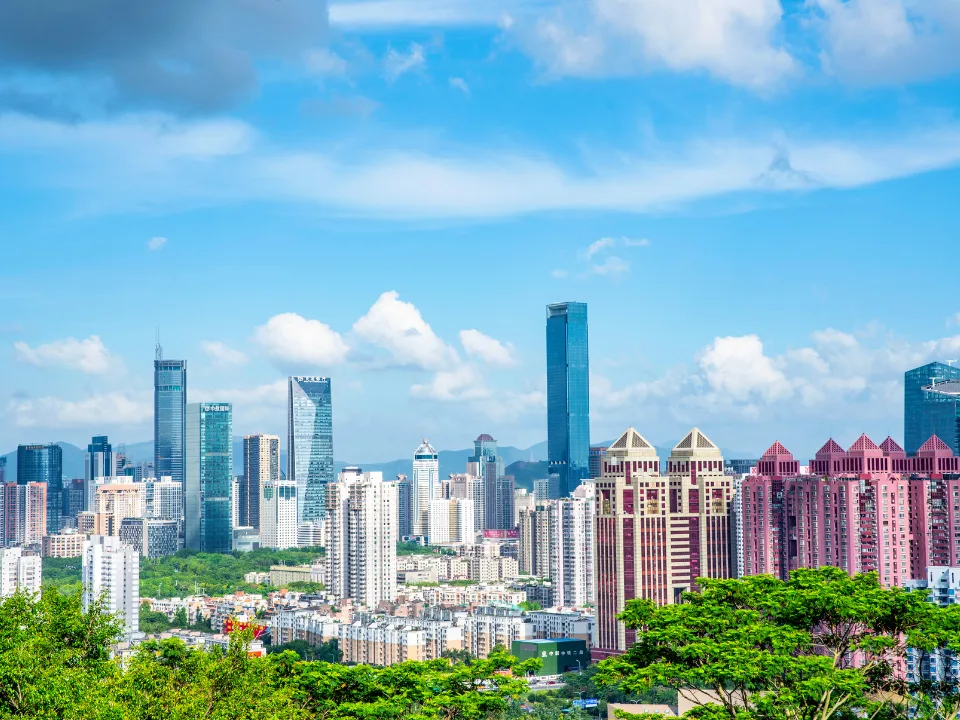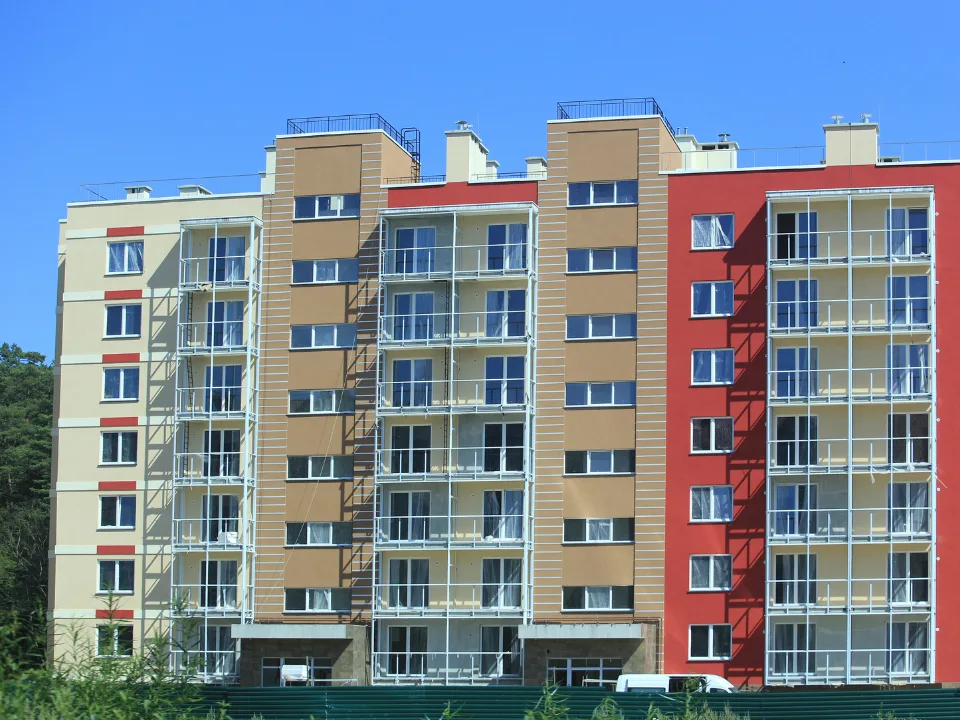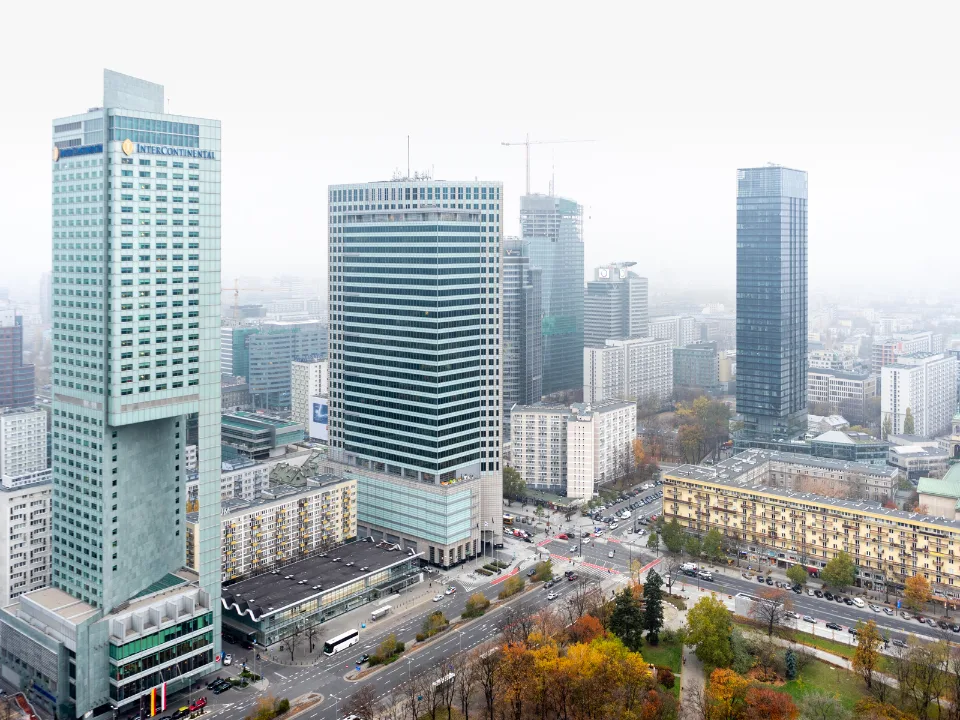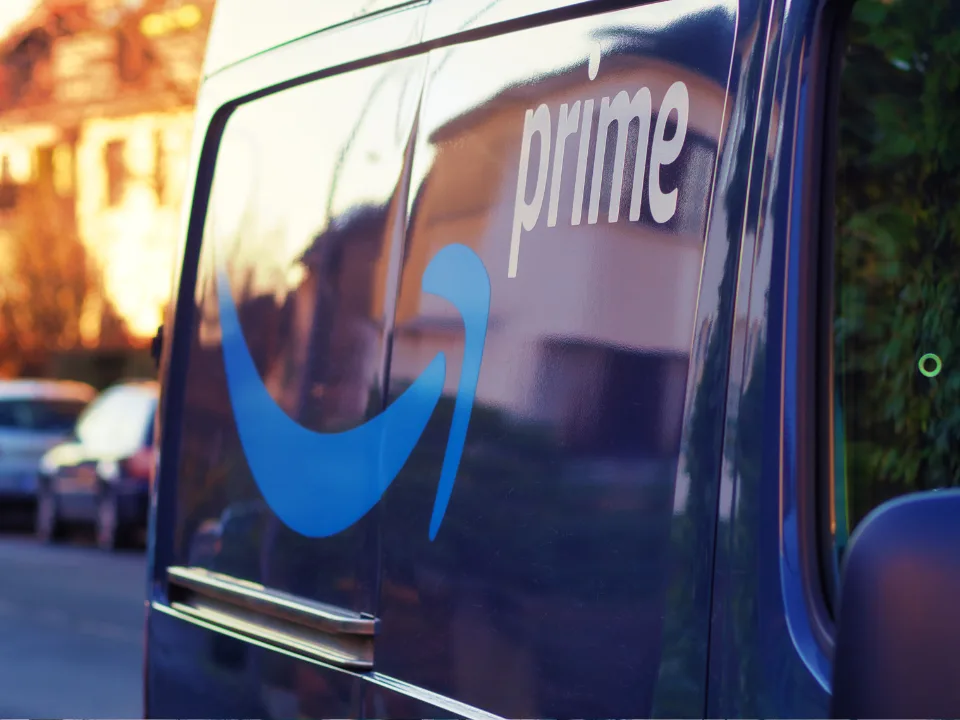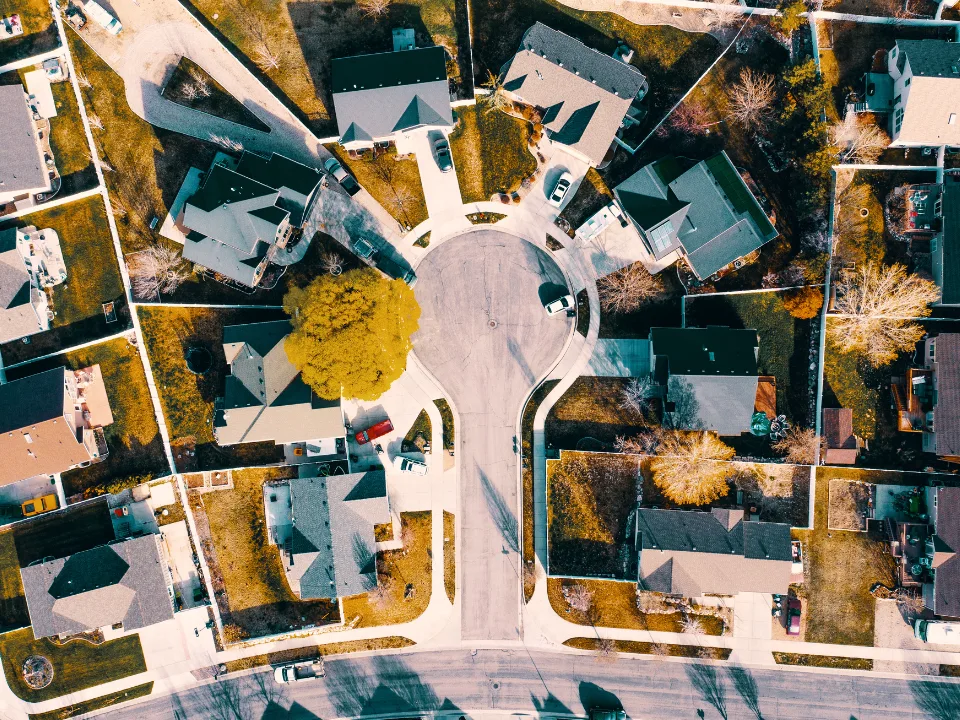- The initiative targets the repurposing of nearly 2.3 million square feet of mostly vacant downtown office space along the LaSalle Street corridor, once the city’s financial nucleus.
- Chicago’s office market has suffered significantly due to the pandemic, with record high vacancy rates and office buildings selling at steep discounts.
- Mayor Johnson is committed to continuing the revitalization efforts initiated by his predecessor, aiming to tackle both the office market downturn and the city’s affordable housing needs.
- The plan includes transforming vacant office spaces into residential units and enhancing downtown’s vibrancy with housing, theaters, restaurants, and other amenities, envisioning a dynamic city core.
In the wake of the COVID-19 pandemic, Chicago faces a critical challenge: a glut of vacant office buildings in its downtown area, notably along and near the LaSalle Street corridor, traditionally the city’s financial heart.
Mayor Brandon Johnson is spearheading a $1 billion revitalization plan, aiming to breathe new life into these spaces and simultaneously address the city’s affordable housing crisis.
The toll: The pandemic has left a lasting impact on Chicago’s office market, with vacancy rates soaring to record highs. Office buildings in the city’s central business district (CBD) are experiencing significant sales losses, with some properties selling at discounts exceeding 50%. This downturn has prompted a critical reassessment of downtown real estate strategies.
Financial hurdles: Efforts to revamp LaSalle Street have encountered obstacles, notably high interest rates that have delayed project kickoffs. Despite these challenges, Mayor Johnson remains dedicated to moving forward with the initiative, stressing a commitment to transforming the area into a vibrant, multi-use space. The plan involves converting vacant offices into residential units, potentially with affordable housing options, to revitalize the downtown core.
A vision for downtown Chicago: Mayor Johnson envisions a downtown Chicago that thrives beyond traditional office use, incorporating a mix of housing, entertainment, and dining options to create a lively urban center. This approach not only addresses the immediate challenge of vacant buildings but also aims at fostering a more inclusive and vibrant downtown community.
Looking ahead: Chicago’s $1 billion LaSalle Street revitalization plan represents a pivotal step towards addressing the dual challenges of office vacancies and the need for affordable housing in the city’s downtown area. By repurposing vacant buildings and promoting a diverse urban environment, Mayor Johnson’s initiative holds the promise of transforming Chicago’s CBD into a dynamic and inclusive community space.
